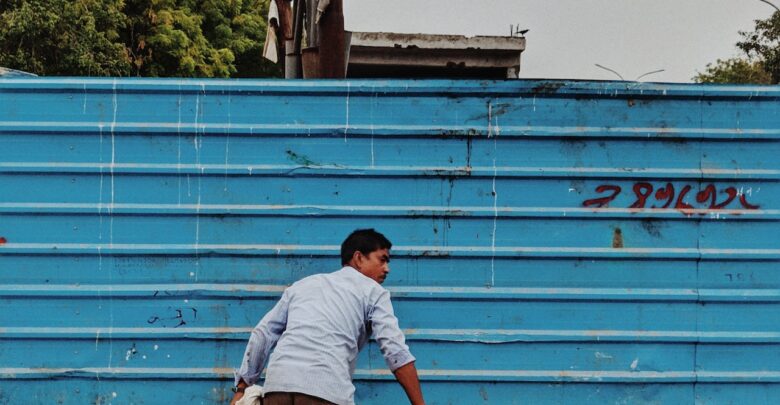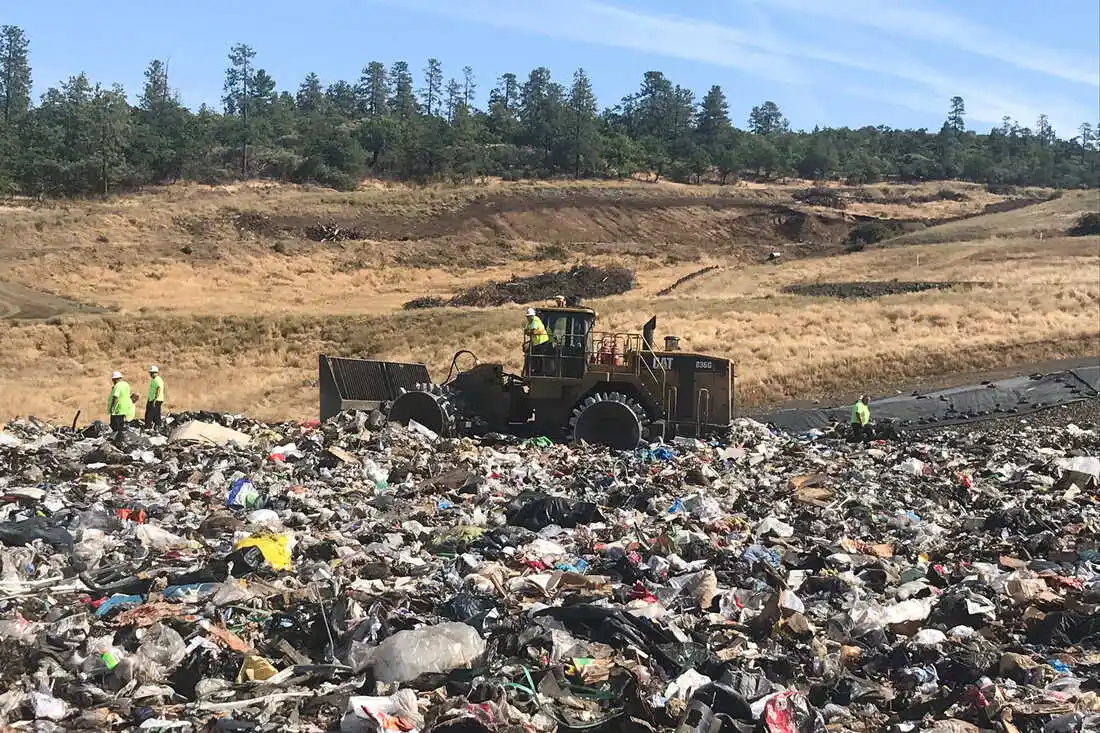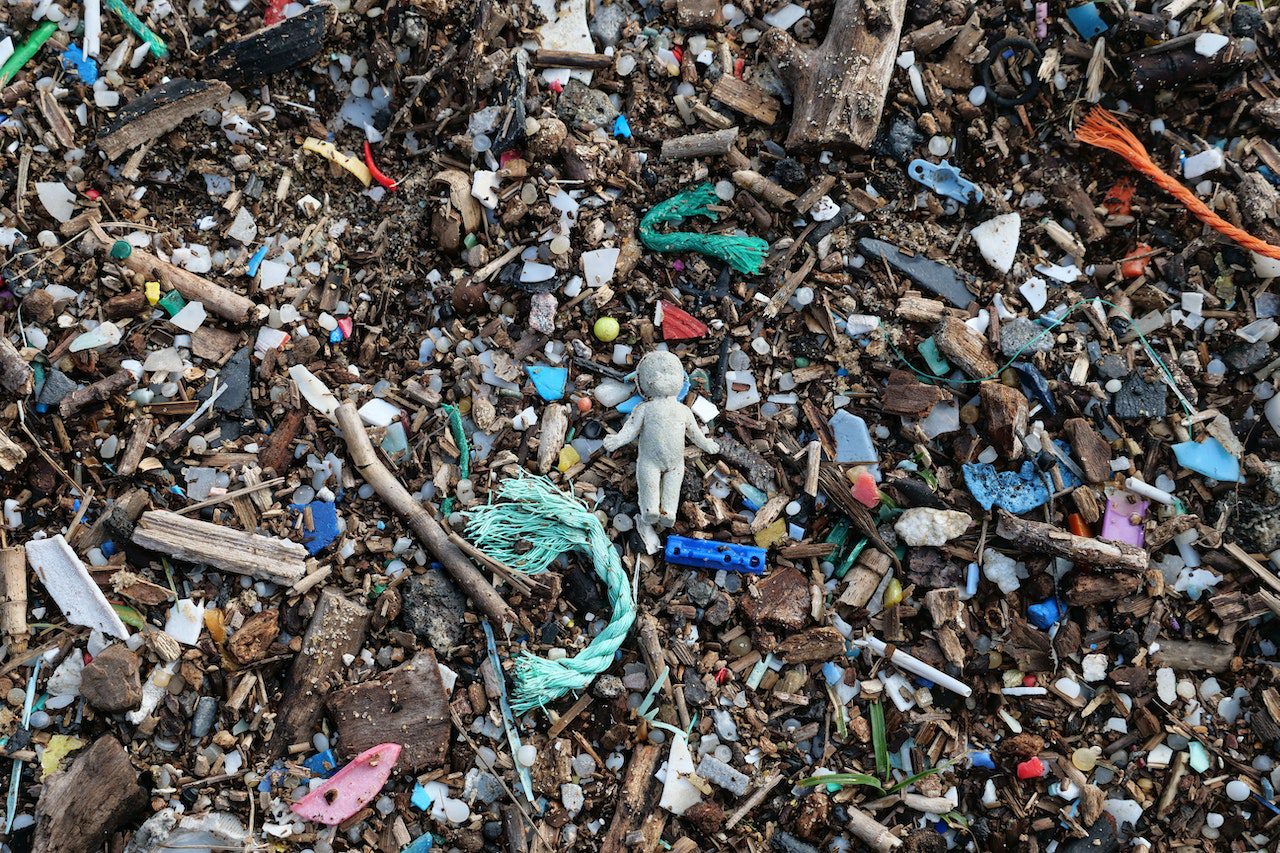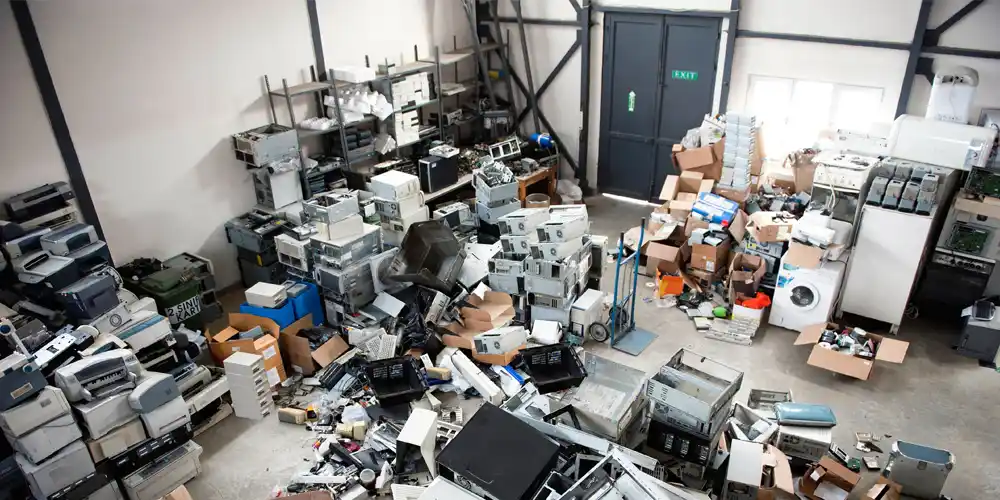The Dirty Truth About Hard to Recycle Items
As a society, we have become increasingly aware of the importance of recycling. We all know that we should be recycling our paper, plastic, and glass, but what about those hard to recycle items? You know, the ones that can't just be thrown in the blue bin and sent off to the recycling plant. These items can often end up in landfills, causing harm to the environment. In this article, I will be exploring the dirty truth about hard to recycle items, the environmental impact they have, and what can be done to reduce waste.

Hard-to-recycle items are products that cannot be easily recycled due to their composition or size. These items often require special processing or facilities to be recycled, which can make it difficult to properly dispose of them. Examples of hard-to-recycle items include electronics, batteries, light bulbs, and certain plastics.
The Environmental Impact of Hard-to-Recycle Items
The improper disposal of hard-to-recycle items can have a significant impact on the environment. For example, electronic waste contains toxic chemicals like lead, mercury, and cadmium that can contaminate soil and water if not disposed of properly. These chemicals can harm wildlife and even find their way into our food supply.

Batteries, another hard-to-recycle item, can cause similar problems if not disposed of properly. They contain heavy metals like lead and cadmium that can leach into the soil and groundwater. This can lead to contamination of drinking water and harm to aquatic life.
Common Hard-to-Recycle Items
Some of the most common hard-to-recycle items include electronics, batteries, light bulbs, certain plastics, and textiles. Electronics and batteries can be recycled at specialized facilities, but not all areas have access to these facilities. Light bulbs can contain mercury and should be disposed of at a hazardous waste facility. Certain plastics, like those used in toys and kitchen appliances, can be difficult to recycle due to their composition. Textiles, like clothing and bedding, can be recycled, but often end up in landfills.
Read also Makapads: First Biodegradable Sanitary Pads for Girls in Uganda
Challenges in Recycling Hard-to-Recycle Items
One of the biggest challenges in recycling hard-to-recycle items is the lack of infrastructure. Many areas do not have access to specialized recycling facilities, which means these items often end up in landfills. Additionally, some items, like certain plastics, are difficult to recycle due to their composition. This means that even if you want to recycle them, there may not be a facility that can do so.
Solutions for Recycling Hard-to-Recycle Items
Despite the challenges, there are solutions for recycling hard-to-recycle items. Many communities have started to offer special recycling programs for these items, like electronic waste and batteries. These programs often work with specialized recycling facilities to ensure proper disposal. Additionally, there are companies that specialize in recycling hard-to-recycle items, like Terracycle, which offers recycling programs for items like cigarette butts and snack wrappers.
Alternative Uses for Hard-to-Recycle Items
Another solution for reducing waste is to find alternative uses for hard-to-recycle items. For example, old clothing can be repurposed into rags or donated to charity. Old electronics can be refurbished or donated to schools or community organizations. Light bulbs can be turned into vases or other decorative items. By finding alternative uses for these items, we can reduce the amount of waste that ends up in landfills.
The Importance of Reducing Waste
Reducing waste is important for a number of reasons. First and foremost, it helps to protect the environment. By reducing the amount of waste that ends up in landfills, we can reduce the amount of pollution that enters our air and water. Additionally, reducing waste can help to conserve natural resources and save energy. When we recycle, we are able to reuse materials instead of creating new ones, which requires less energy and resources.
Tips for Reducing Waste and Properly Disposing of Hard-to-Recycle Items
There are several things you can do to reduce waste and properly dispose of hard-to-recycle items. First, consider reducing your consumption by buying fewer products and avoiding single-use items. When you do need to dispose of hard-to-recycle items, research local recycling programs and facilities to ensure proper disposal. Additionally, try to find alternative uses for these items before tossing them in the trash.
Recycling Programs and Facilities for Hard-to-Recycle Items

As mentioned earlier, many communities offer recycling programs for hard-to-recycle items like electronics and batteries. Additionally, there are specialized recycling facilities that accept these items. To find out what recycling programs and facilities are available in your area, check with your local government or waste management company.
Conclusion: The Importance of Responsible Waste Management
In conclusion, responsible waste management is crucial for protecting our environment and conserving natural resources. By properly disposing of hard-to-recycle items and finding alternative uses for them, we can reduce the amount of waste that ends up in landfills. As individuals, we can all do our part by reducing our consumption, properly disposing of waste, and supporting recycling programs and facilities. Together, we can make a difference.
Join us in our mission to reduce waste and properly dispose of hard-to-recycle items by supporting local recycling programs and facilities. Together, we can protect our environment and make a positive impact on our planet.




